What do candidates on the Mechanical Isolation course actually do?
The course consists of three distinct parts: the dangers of working on machinery that isn't properly isolated; how companies mitigate these dangers by ensuring work follows approved procedures and is safe; and how to apply the procedures in a range of scenarios. The course incorporates an on-going practical assessment process, in combination with a knowledge assessment to ensure that the candidates have understood the key teaching points of the course.
THE DANGERS: The first part of the course reminds candidates about the dangers of moving machinery, compressed air, mineral oil, burns, scalding, spills and leaks of fluids. We also look at the importance of pipework colour coding, the dangers of common industrial fluids and the various levels of pipework isolation (proved vs non-proven, single / double block and bleed etc) that can be applied and the various situations in which higher and lower levels of security are advised. We also present a generic procedure for mechanical isolation so that the candidates can relate the aforementioned dangers to the need for applying a rigorous procedure that achieves a properly secure isolation. The importance of not exposing electrical terminals is also highlighted. The following are some pages from the course notes for this part of the course:
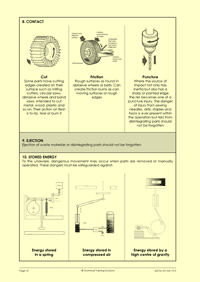 |
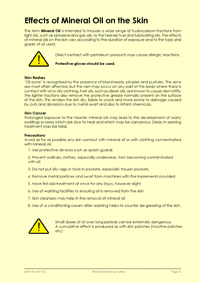 |
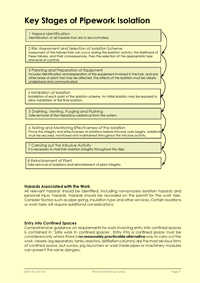 |
Page 10 of the mechanical isolation course notes, discussing the dangers of moving machinery |
Page 10 of the mechanical isolation course notes, discussing the dangers of working with mineral oils |
Page 17 of the mechanical isolation course notes, discussing the key stages necessary in pipework isolations |
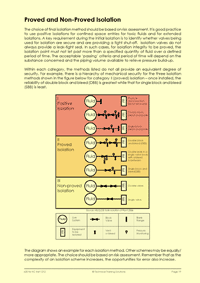 |
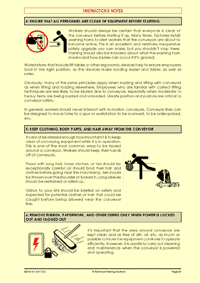 |
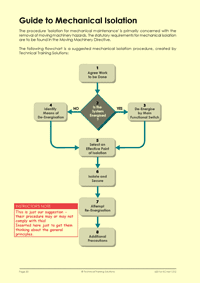 |
Page 19 of the mechanical isolation course notes, comparing the various methods by which pipework can be isolated |
Page 23 of the mechanical isolation course notes, discussing the dangers of working with machine-driven conveyors |
Page 30 of the mechanical isolation course notes, which presents a generic procedure for performing mechanical isolation |
COMPANY PROCEDURES: In this part of the course we ensure that the candidates understand their responsibilities under the HSW Act and the legal requirements for them to comply with company procedures. We then present a range of typical procedures that are used in various UK companies as examples. In particular we are interested in company procedures that show risk assessments, permit to work procedures, hazardous energy controls, using lockout equipment and examples of procedures for specific plant isolations. When this course is provided for a particular company this part of the course can be customised so that the procedures shown are those of the company in question.
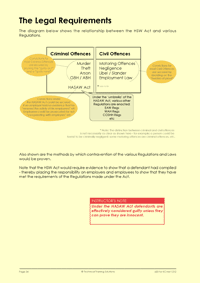 |
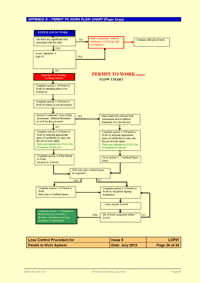 |
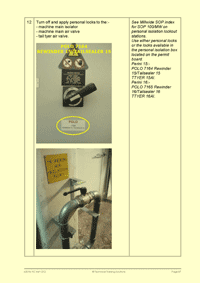 |
Page 34 of the mechanical isolation course notes, which presents the legal situation and the ramifications of non-compliance with company procedures |
Page 59 of the mechanical isolation course notes, showing part of a typical UK company's Permit To Work procedure |
Page 87 of the mechanical isolation course notes, which presents a typical UK company's specific plant isolation procedure |
APPLYING THE PROCEDURES: We then get the candidates to apply the procedures to our simulation rigs. We use three types of rigs; electrical control panel rigs, pipework isolation rigs, and moving machinery rigs. We have two variants of each rig to simulate different scenarios so that there are in fact six different isolation scenarios for the candidates to explore. The following shows the simulation rigs that we use:
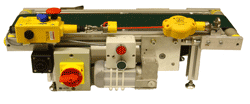 |
The moving machinery rigs used on the mechanical isolation course |
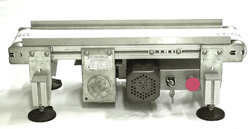 |
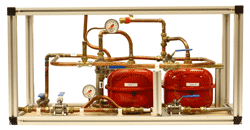 |
The pipework isolation rigs used on the mechanical isolation course |
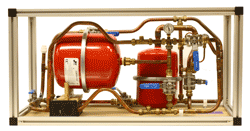 |
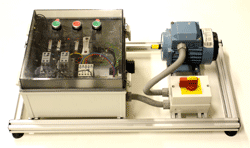 |
The electrical control panels used on the mechanical isolations course |
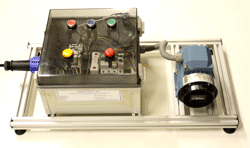 |
COURSE ASSESSMENT: Our instructors assess the candidates throughout the course, but our focus is emphatically on the practical exercises shown above. We do also check that the candidates have understood the key teaching points of the day and to this end we also set them several additional exercises where they have to write their own SOPs, find answers to questions about key features of their own company procedures and also suggest what additional safety measures could be applied to mechanical isolations in order to make them safer. The following are pages extracted from the course notes, depicting some of these assessment exercises:
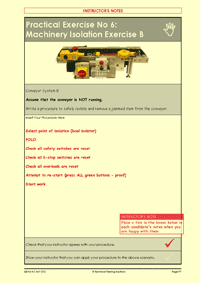 |
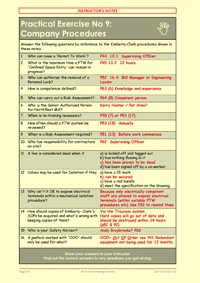 |
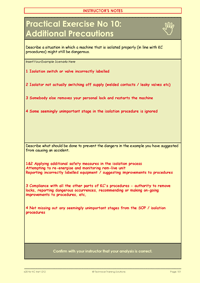 |
Page 97 of the mechanical isolation course notes, showing Practical Exercise No 6 - Mechanical Isolation of Moving Machinery |
Page 100 of the mechanical isolation course notes, showing Practical Exercise No 9 - Finding Answers to Questions about the Candidates' own Company Procedures |
Page 101 of the mechanical isolation course notes, showing Practical Exercise No 10 - exploring the advantages of applying additional precautions to mechanical isolations |
The pages shown above are extracted from the instructor's version of the course notes, so it has our instructor's suggested answers - the candidates would have to provide their own!
If you would like to see some of the equipment used on the Mechanical Isolation course for yourself, then please call us to arrange a visit to our offices in Kent. Alternatively, we can visit you anywhere in the British Isles.


